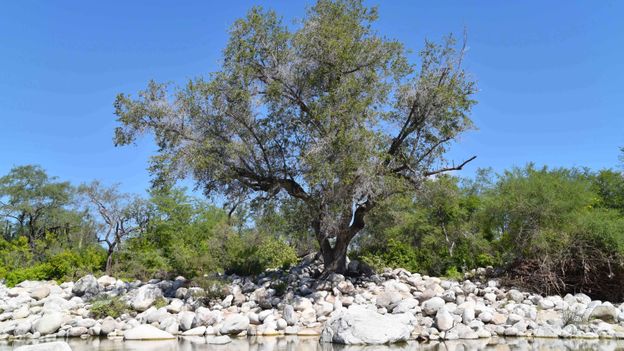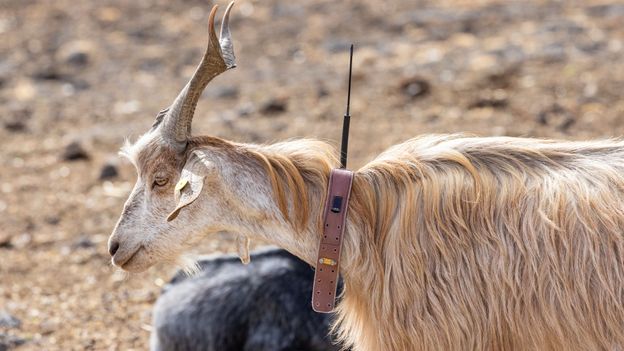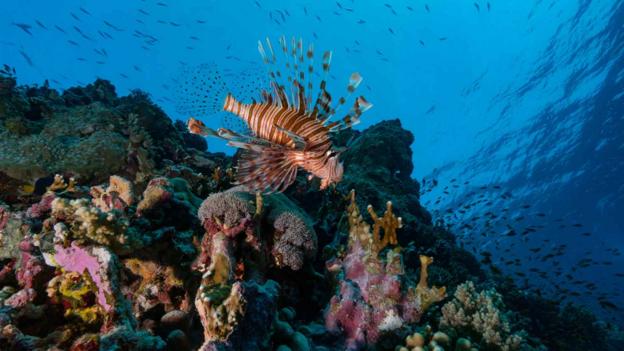Naude’s study demonstrates what happens when these essential connections are lacking.
The researchers studied two populations of leopards in South Africa – one in the Sabi Sands and one in the Phinda-Mkhuze Complex, in the eastern province of KwaZulu-Natal. The latter’s leopard population is currently recovering from years of over-exploitation (for example, from poaching or retaliatory conflict), where half of leopard deaths were human-related. Though they’re now making a demographic recovery, “the entire population is a little bit more related than you’d expect at random”, says Naude.
There are several possible reasons for this. Firstly, the lack of land for animals to safely traverse without coming into conflict with humans. Male leopards can disperse as far as 200 miles (322km) away from where they were born, known as their natal range. This movement reduces inbreeding, as there’s no evidence to show leopards have kin-recognition, says Naude.
Secondly, threats such as hunting for skins or traditional medicine, or poorly managed trophy hunting, have historically targeted the larger males – the ones that would typically push young males out of an area. Without that competition, young males stick around their natal range, ultimately breeding with their relatives.
Genetic diversity improves overall health and resilience, helping species survive events such as extreme droughts or disease outbreaks. If a population becomes too small, they go into what is known as a “depressant spiral”, Naude explains, which is the start of genetic deterioration in the population. “It’s not necessarily even going to be a weird tail or a reduced sperm count. [The population] tends to collapse in on itself.” Because leopards already occur at such low density, it doesn’t take much to tip them from a depressant spiral to the start of the process of extinction, known as an “extinction vortex”.
Other predators in South Africa – lions, wild dogs, cheetahs – are managed by conservationists, moved around reserves and often to other countries to help with repopulation or genetic diversity. But leopards are a unique challenge: unlike other apex predators in South Africa, 62% of their known range is outside protected areas.
Cape leopards in South Africa’s Western and Eastern Cape provinces are perhaps the hardest to protect. “They have half the body mass size of a savannah leopard, but have territories 10 times larger,” says Helen Turnbull, chief executive of the Cape Leopard Trust. There’s no data to suggest Cape leopards are a subspecies – it’s likely they’ve just adapted to a diet of smaller, sparser prey. “A male [Cape] leopard can have a territory of 1,000km (621 miles), whereas a savannah leopard will be 10km (6.2 miles),” Turnbull says.
The regions in South Africa where Naude has been working are currently lacking in wildlife corridors for solitary big cats. But an answer might come from India, where researchers have provided plenty of evidence of how and why they work.
Indian corridors
Trishna Dutta, a scientist at the University of Goettingen in Germany, studied wildlife corridors between four protected areas in central India, focusing on tigers, leopards and sloth bears. The aim, when fieldwork commenced in 2008, was simply to assess how functional these corridors were. Given that the landscape is so “fragmented”, says Dutta, with many roads and villages, she and her colleagues had not expected to find many animals moving along the corridors and – crucially – reproducing on the other side to widen the gene pool.












